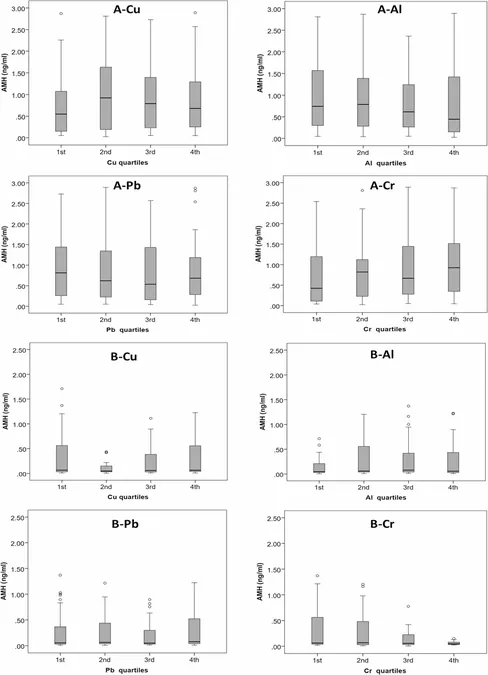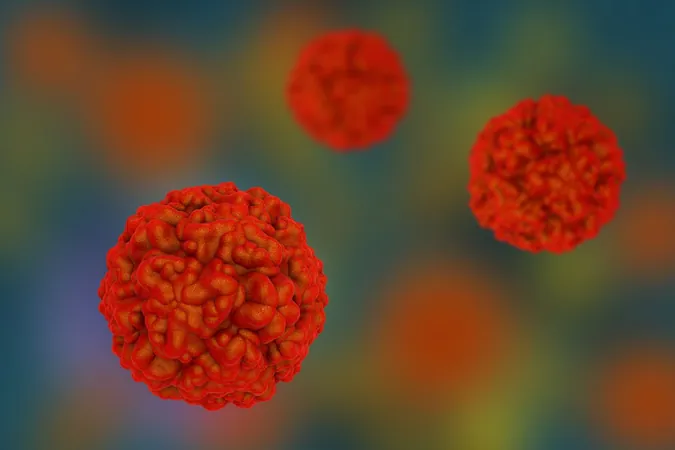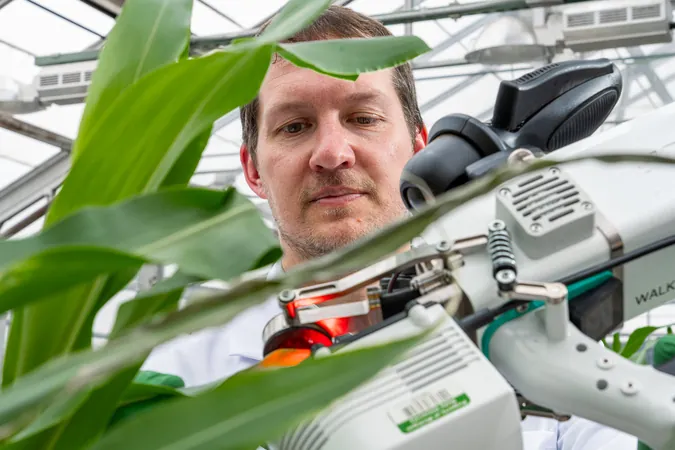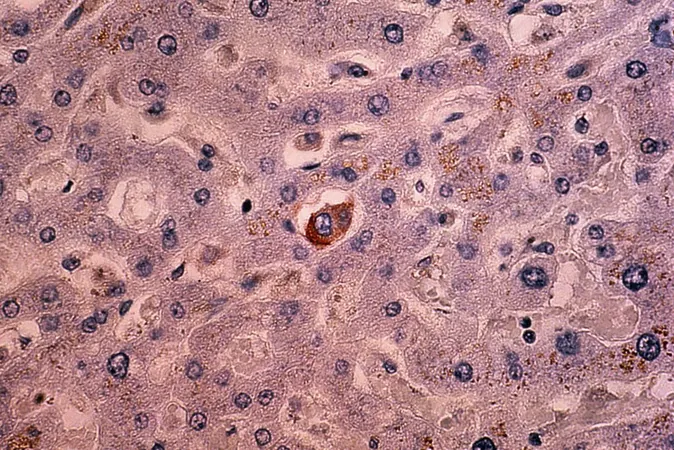
Shocking Discovery: How Heavy Metals May Be Impacting Women's Fertility!
2025-08-23
Author: Arjun
Unveiling Hidden Risks: A Groundbreaking Study
A recent cohort study has thrown light on a concerning issue—the potential impact of environmental heavy metals on women's reproductive health. Drawing data from the Tehran Lipid and Glucose Study (TLGS), initiated in 1998, researchers monitored women aged 25 to 40 over several years, revealing startling connections between heavy metal exposure and levels of anti-Mullerian hormone (AMH), a key marker of ovarian reserve.
Who Participated? A Close Look at the Women Involved
The study focused on women who not only reported regular menstrual cycles but also demonstrated proven fertility, ensuring they had not reached menopause by the study's fifth follow-up. Stringent exclusion criteria meant that women with conditions like polycystic ovary syndrome or a history of hormone therapy were left out, ensuring clear results from a well-defined sample.
Tracking Change: How Data Was Collected
Participants underwent detailed physical exams and interviews every three years, alongside blood tests to monitor AMH levels and heavy metal concentrations. Only 220 out of 806 available samples were analyzed for heavy metals due to budget constraints, making the findings particularly poignant.
What Did They Find? Link Between Copper and AMH Levels
The results were striking: women exposed to higher levels of copper showed a significant decrease in AMH at their fifth follow-up visit—down by 0.35 ng/ml in the highest quartile compared to the lowest. This drop indicates a worrying trend that could directly affect fertility.
Other Heavy Metals: A Mixed Bag of Results
While copper emerged as a major concern, no significant associations were found between AMH levels and other heavy metals like lead, arsenic, or chromium. This raises crucial questions about the specific impact of various metals on women's reproductive health.
The Dangers of Heavy Metal Exposure Explained
Heavy metals are infamous for their toxicity, and exposure can occur through diet, air, and even skin contact. Increased copper levels, in particular, may lead to oxidative stress and inflammation, damaging ovarian function. Some studies suggest mechanisms through which copper can interfere with reproductive hormone secretion, leading to premature ovarian insufficiency.
Think You’re Safe? The Need for Awareness
The study's findings underline the importance of being aware of environmental pollutants, especially for women looking to conceive. With heavy metals often hidden in our surroundings, understanding their impact is crucial.
Future Implications: A Call for Further Research
This study marks a significant step in understanding women’s health and fertility, but it also highlights the need for ongoing research into the effects of various heavy metals. Only by exploring these connections can actionable guidelines be developed to protect women's reproductive health.
Conclusion: Are You at Risk?
As concerns about the environmental impact on health grow, this study serves as a wake-up call for many. It prompts us to reconsider our surroundings and the hidden dangers that could be affecting our fertility. Are you exposed to heavy metals? It's time to find out and take action!




 Brasil (PT)
Brasil (PT)
 Canada (EN)
Canada (EN)
 Chile (ES)
Chile (ES)
 Česko (CS)
Česko (CS)
 대한민국 (KO)
대한민국 (KO)
 España (ES)
España (ES)
 France (FR)
France (FR)
 Hong Kong (EN)
Hong Kong (EN)
 Italia (IT)
Italia (IT)
 日本 (JA)
日本 (JA)
 Magyarország (HU)
Magyarország (HU)
 Norge (NO)
Norge (NO)
 Polska (PL)
Polska (PL)
 Schweiz (DE)
Schweiz (DE)
 Singapore (EN)
Singapore (EN)
 Sverige (SV)
Sverige (SV)
 Suomi (FI)
Suomi (FI)
 Türkiye (TR)
Türkiye (TR)
 الإمارات العربية المتحدة (AR)
الإمارات العربية المتحدة (AR)